Your basket is currently empty!
Adapting Workouts for Different Age Groups:
GR8R is a call to action. A movement to get people to recognise their worth and overcome the challenges that lie between who they are and who they want to be. Join us in removing the barriers to activity and encouraging anyone to active, anywhere, and anywhen.
·
Maximizing Fitness at Every Stage of Life
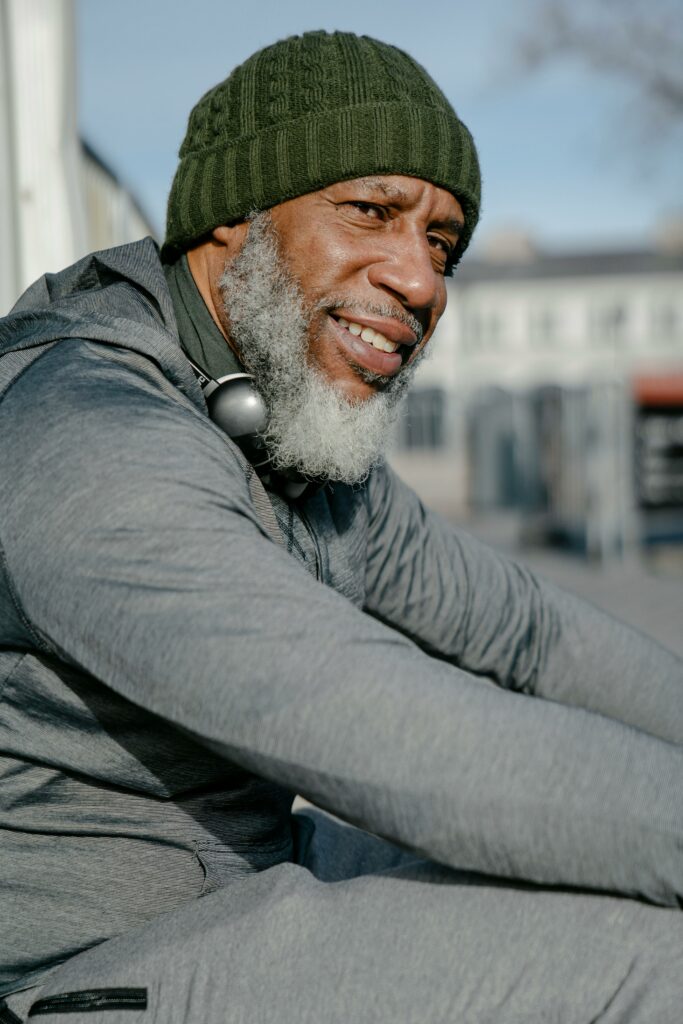
Maintaining an active lifestyle is essential for overall health and wellness, but as we age, our bodies undergo changes that require adjustments to our fitness routines. Understanding that adapting workouts for different age groups can help ensure safety, effectiveness, and long-term engagement in physical activity.
1. Teenagers (13-19 Years)
Teenagers face unique challenges as their bodies undergo rapid growth and hormonal changes, which can affect coordination and balance. During these years, body image concerns are common and can lead to either overtraining or avoidance of physical activity. Additionally, busy schedules filled with school, extracurricular activities, and social commitments can make it difficult for teens to find time for regular exercise.
Key Points:
- Variety and Fun: Incorporate various activities like team sports, dance, swimming, and cycling to keep teens engaged.
- Strength Training: Introduce basic strength training with bodyweight exercises and light weights to build muscle and bone density.
- Flexibility: Include stretching and flexibility exercises to enhance overall mobility and prevent injuries.
To ensure they remain injury-free, it’s important to emphasize proper form and technique. Encouraging regular participation in a variety of physical activities helps build balanced development and healthy habits.
Examples of Exercises:
- Strength Training: Bodyweight squats, push-ups, and resistance band exercises.
- Cardio: Running, cycling, and swimming.
- Flexibility: Yoga and dynamic stretching.
2. Young Adults (20-39 Years)
Young adults often struggle with balancing career, family, and social life, which can limit their time available for exercise. Increased sedentary behaviour, particularly for those with desk jobs, can lead to prolonged sitting and associated health issues. Additionally, enthusiasm for fitness can sometimes result in overtraining and injuries.
Key Points:
- Strength Training: Focus on compound movements such as squats, deadlifts, and bench presses to build strength and muscle mass.
- Cardio: Incorporate high-intensity interval training (HIIT) to improve cardiovascular health and burn calories efficiently.
- Flexibility and Balance: Include yoga or Pilates to maintain flexibility and balance.
Young adults should be mindful of overtraining and ensure they get adequate rest and recovery to prevent overuse injuries. Addressing postural issues from prolonged sitting through targeted exercises is also essential for maintaining overall health.
Examples of Exercises:
- Strength Training: Barbell squats, deadlifts, and bench presses.
- Cardio: HIIT workouts, running, and cycling.
- Flexibility: Yoga, Pilates, and foam rolling.
3. Middle-Aged Adults (40-59 Years)
Middle-aged adults often experience a metabolic slowdown, making weight management more challenging. Muscle loss, known as sarcopenia, can start to become noticeable, and there is an increased risk of joint issues such as arthritis.
Key Points:
- Strength Training: Continue strength training to combat muscle loss and maintain metabolism. Focus on weight-bearing exercises to support bone health.
- Cardio: Engage in moderate-intensity aerobic activities like brisk walking, cycling, or swimming.
- Flexibility and Balance: Prioritize exercises that enhance balance and flexibility to prevent falls and maintain mobility.
It’s crucial for middle-aged adults to be mindful of joint health and choose low-impact exercises if needed. Maintaining a consistent exercise routine helps combat metabolic slowdown and promote overall well-being.
Examples of Exercises:
- Strength Training: Dumbbell lunges, leg presses, and resistance band exercises.
- Cardio: Brisk walking, swimming, and cycling.
- Flexibility: Stretching routines and balance exercises like Tai Chi.
4. Seniors (60+ Years)
Seniors face specific challenges such as decreased bone density, which increases the risk of fractures, reduced mobility, and a higher likelihood of chronic conditions like arthritis, cardiovascular diseases, and diabetes.
Key Points:
- Strength Training: Use resistance bands, light weights, or bodyweight exercises to maintain muscle strength and bone density.
- Cardio: Engage in low-impact activities such as walking, water aerobics, or gentle cycling to improve cardiovascular health.
- Flexibility and Balance: Regularly perform stretching exercises and balance activities like Tai Chi to enhance mobility and reduce the risk of falls.
For seniors, it’s essential to focus on functional movements that improve daily living activities. Regular health monitoring and adjusting exercises to accommodate any physical limitations or health conditions are necessary for safe and effective workouts.
Examples of Exercises:
- Strength Training: Resistance band exercises, seated leg presses, and wall push-ups.
- Cardio: Walking, water aerobics, and gentle cycling.
- Flexibility: Stretching routines and balance exercises like Tai Chi.
Conclusion
Adapting workouts for different age groups is crucial for promoting lifelong fitness and well-being. By tailoring exercise routines to meet the unique needs and capabilities of each age group, individuals can enjoy the benefits of physical activity while minimizing the risk of injury and ensuring continued enjoyment and participation.
Discover more from GR8R Than Fitness
Subscribe to get the latest posts to your email.
-
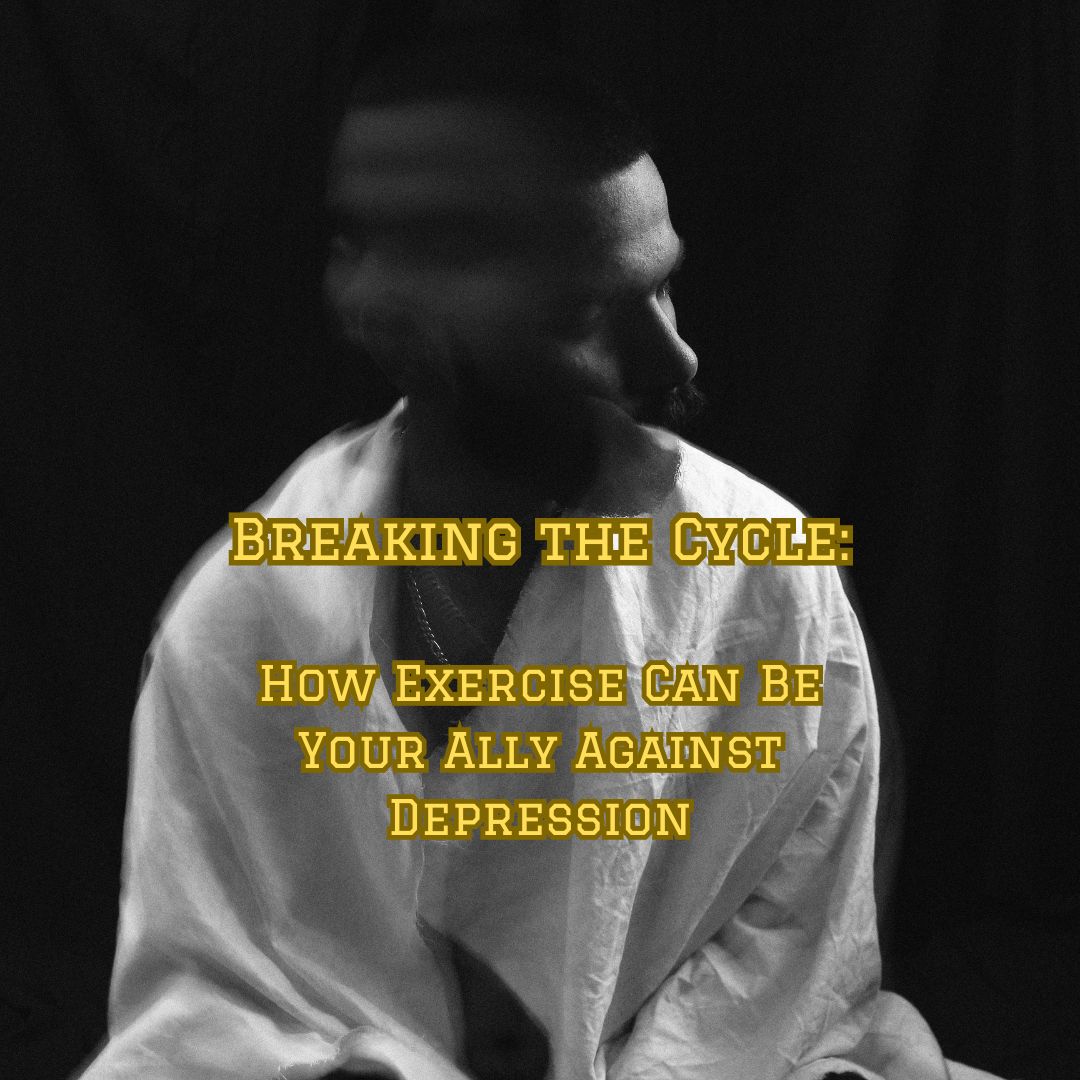
Breaking the Cycle:
Feeling down? Exercise can be a natural mood booster and a key tool to combat depression. Learn how and why it works!
-
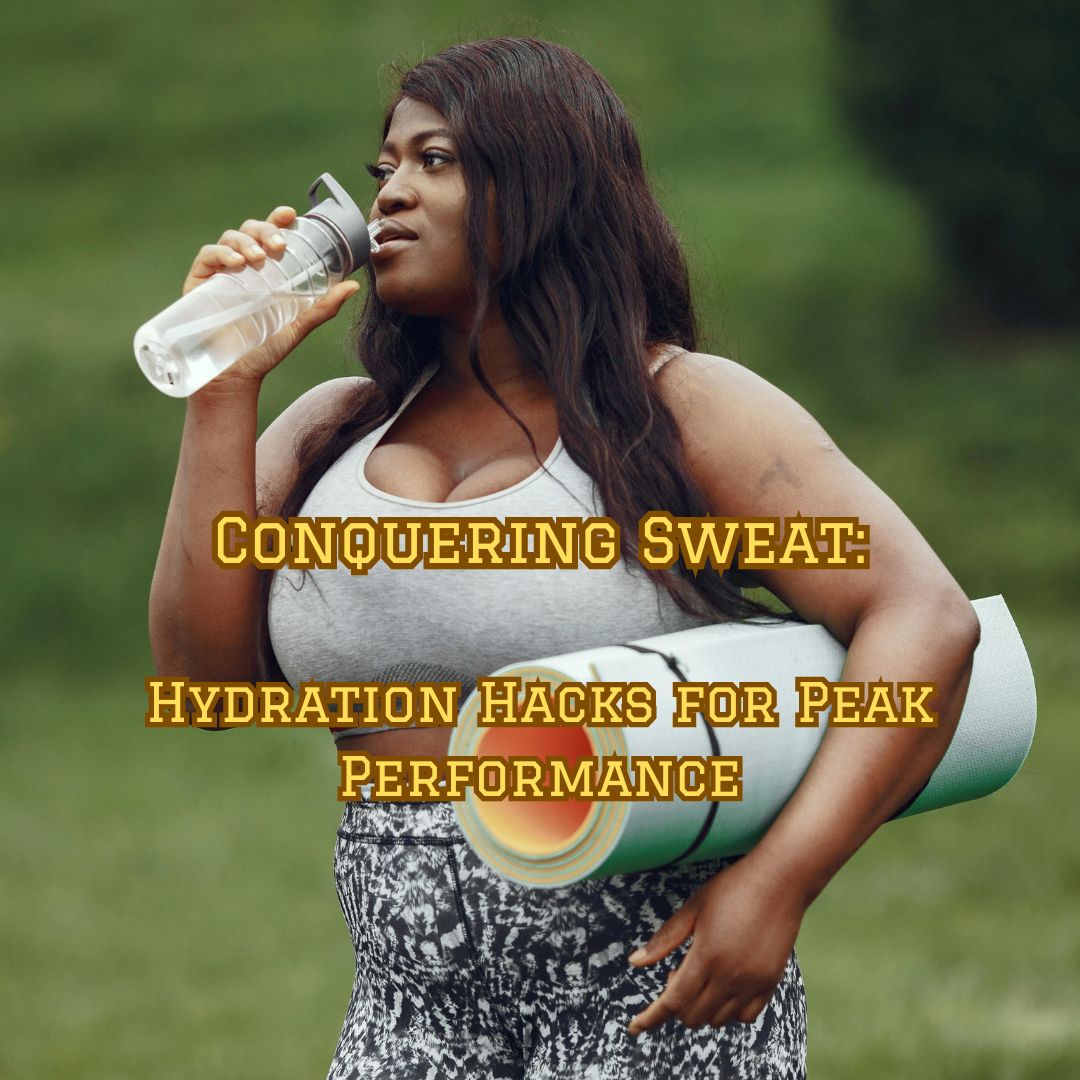
Conquering Sweat:
Hydration is Crucial: Conquer Workouts & Optimize Health! Beat dehydration with expert tips for athletes: sweat rate, pre-during-post hydration, electrolytes, flavor hacks & more.
-
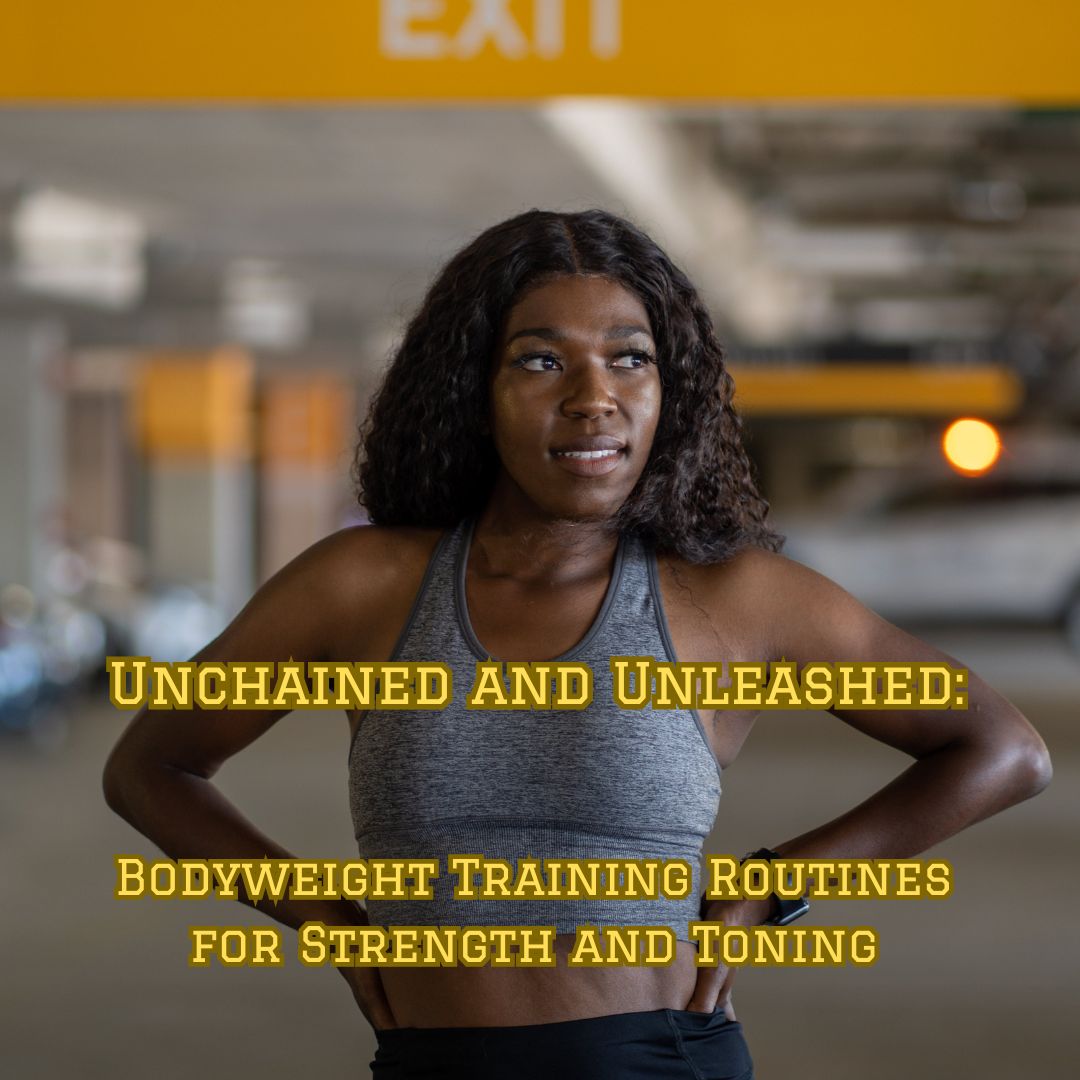
Unchained and Unleashed:
Your body is the ultimate training tool, and bodyweight workouts can be just as effective, if not more, than lifting weights. So, ditch the excuses and unleash your inner athlete with these bodyweight routines designed to build strength and chisel those contours!
-

Protein Playoff:
Whey protein stands tall, a seasoned veteran, but challengers like plant-based options and collagen powder are flexing their muscles. Can whey hold its crown, or will a new champion rise?
-
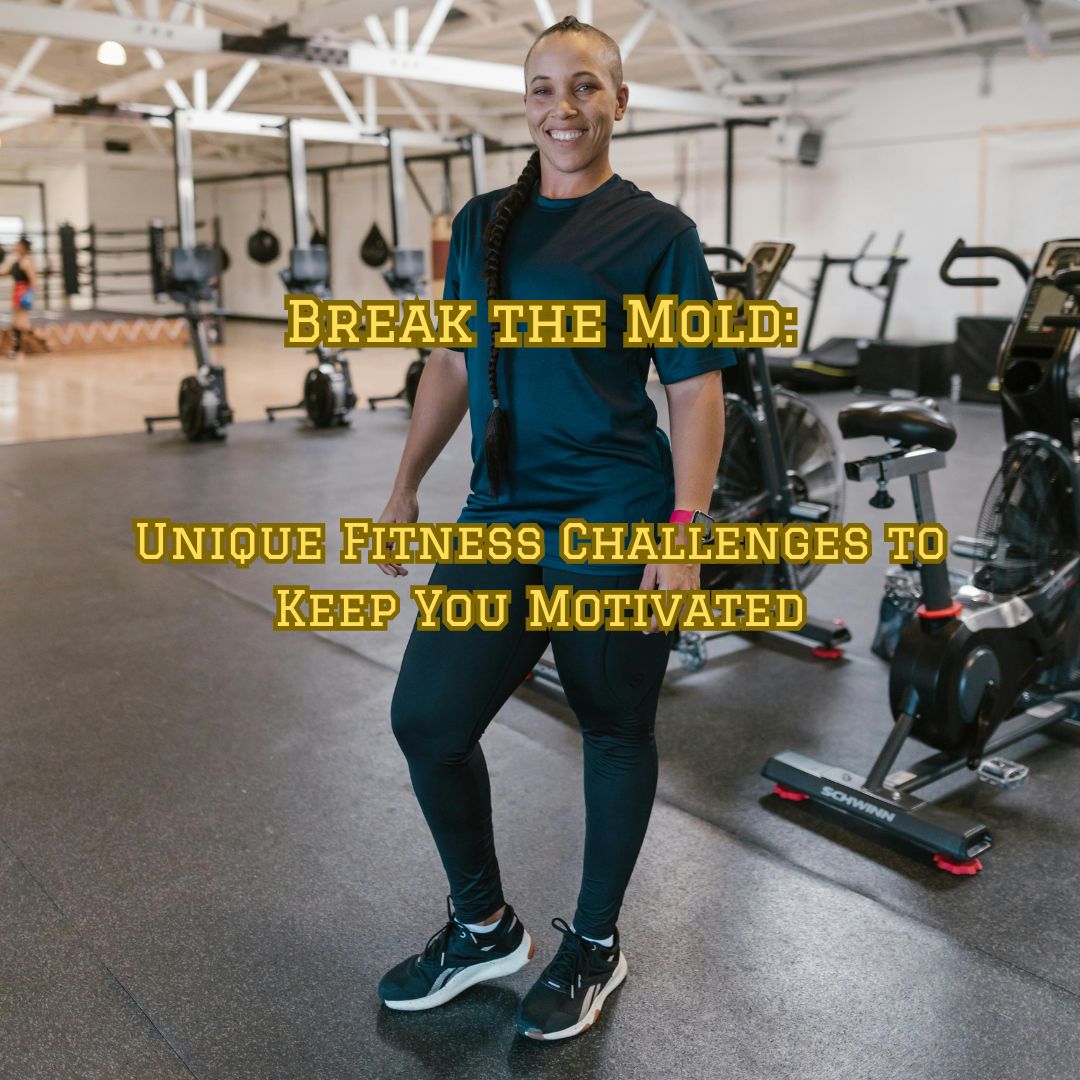
Break the Mold:
Motivation doesn’t have to be a fleeting butterfly – it can be a ferocious beast you tame with unique fitness challenges that keep the fire burning brighter than ever.
-
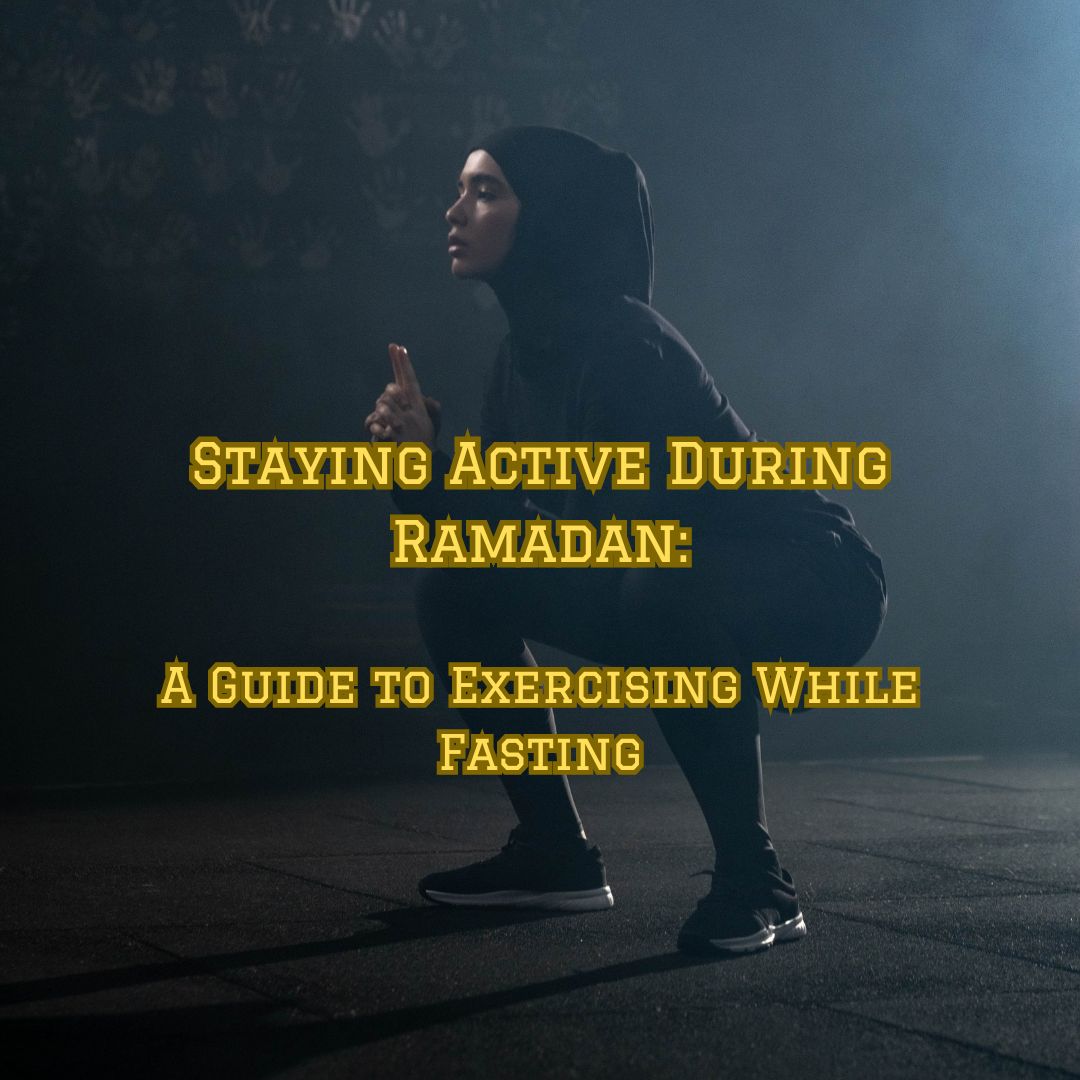
Staying Active During Ramadan:
Ramadan, a holy month for Muslims, involves fasting from sunrise to sunset. While this spiritual practice brings focus and reflection, it can also raise questions about maintaining physical activity. Can you exercise while fasting? The answer is yes, but with some important considerations.

Leave a Reply